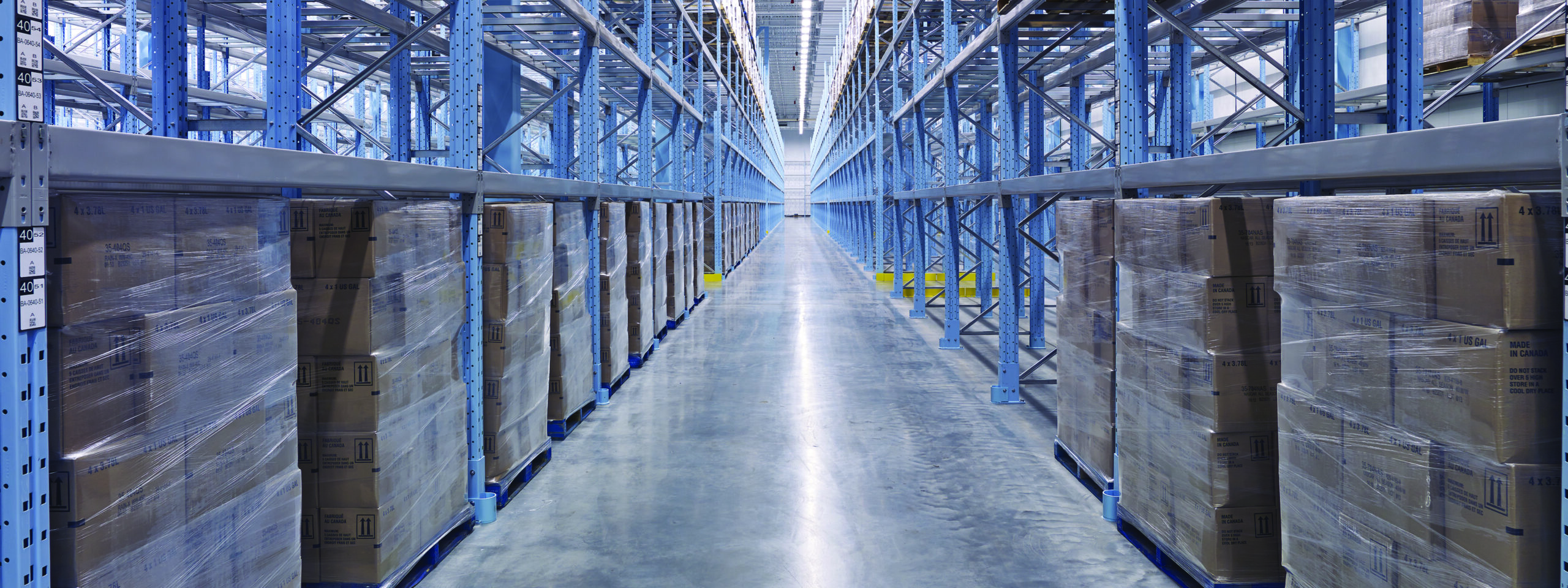
Dynamic business models demand a faster rollout of facilities, but buildings are also getting more complex. It is a double-edged sword for Australia’s industrial sector, says Stantec’s Christopher Jennings.
Jennings, Stantec’s senior principal and industrial lead for the Sydney business, spends a lot of his time “looking at the big picture” to understand the trends, anticipate demand and “support our clients” on a complex and challenging journey.
COVID-19 has exposed fault lines in existing supply chains and the just-in-time inventory model, while driving e-commerce sales through the roof. Online shopping in December was up 34.9 per cent on the previous year, according to Australia Post. A whopping 5.6 million households purchased online during the pre-Christmas period, 2.1 million more than the previous year.
JLL estimates every $1 billion incremental increase in online sales requires an additional 70,000 sqm of warehouse space. It’s no surprises, then, that industrial property valuations are predicted to hit $120 billion by 2025 – a 25 per cent increase in just four years – according to JLL forecasts.
But megatrends like urbanisation, the rise of the middle class and climate change will also shape the industrial sector over the next decade. “Industrial warehousing and logistics are shifting from a hidden sector to an essential service,” Jennings says.
“As more than 2.2 billion people move to the world’s cities over the next 20 years, and as the rise of e-commerce changes the way we consume, the industrial sector will have a huge impact on the resilience and competitiveness of our cities – and the quality of our lives.”
COVID-19 has laid bare the interconnection of supply chains and spurred on business and government to re-think their dependence on a single source of manufactured products. “To avoid future COVID-like shutdowns, I think we will see more tenants share the same footprint to increase the robustness of their business models,” Jennings says.
Jennings expects to see the big retail players move their core suppliers closer to reduce supply chain inefficiencies. He also predicts a dilution of large distribution facilities as businesses resolve the last mile conundrum.
Last mile fulfilment remains a challenge for Australia, but solutions are already emerging. Woolworths is trialling a decentralised system of micro-fulfilment supermarkets that pick, pack and dispatch groceries to consumers within a day. The model integrates a supermarket and distribution centre within one building. Behind the shopfront is a technology-driven assembly line, where humans and robots work together to improve customer service.
Jennings’ message is clear. “We can’t keep building the way we always have done. Blue chip customers have more dynamic business models today. The multinationals rapidly make strategic decisions one day and roll them out around the world the next.
“Australia’s industrial sector needs to think about how we will deliver space at the forefront of efficiency, automation and sustainability– but to do it faster than we ever have before.”
Learn more about how Stantec is helping some of Australia’s largest industrial developers tackle the challenges of the industrial sector’s double-edged sword.